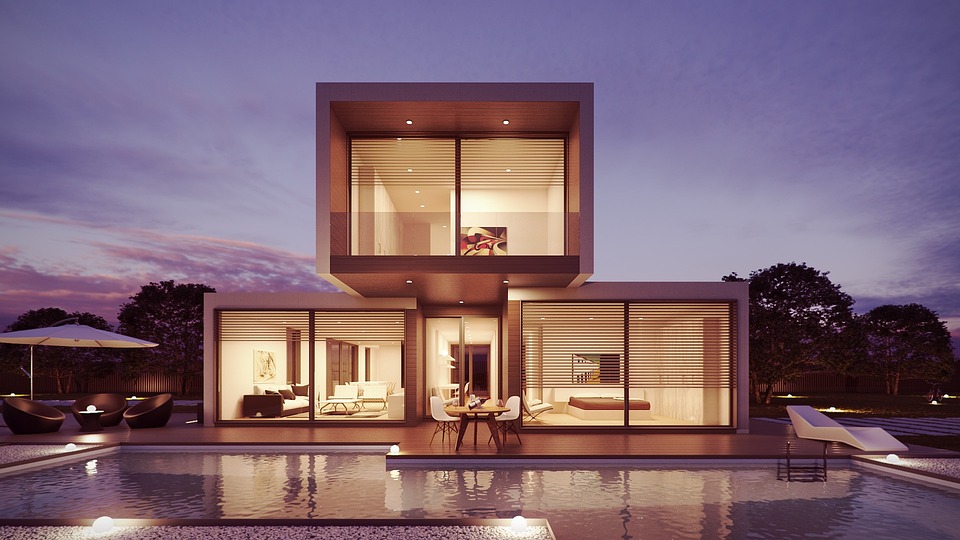Introduction
The Edwardian era, which spanned from 1901 to 1910, was a time of significant changes in urban landscapes in Britain. One of the most impactful developments during this period was the transformation of housing, as the demand for quality housing in cities grew rapidly. Edwardian housing developments not only changed the physical appearance of cities but also influenced social structures and urban planning for decades to come.
The Rise of Edwardian Housing
Population Growth and Rapid Urbanization
The Edwardian era marked a period of unprecedented population growth and rapid urbanization in Britain. The Industrial Revolution had brought about a massive influx of people from rural areas to cities in search of employment opportunities. As a result, cities became overcrowded, with inadequate housing to accommodate the growing population. The need for better housing solutions became increasingly urgent as living conditions in urban slums deteriorated.
Changing Architectural Trends
The Edwardian era saw a shift in architectural styles, with a move away from the dark, cramped housing of the Victorian era towards more spacious and light-filled homes. Edwardian houses were typically built with red or yellow brick, featuring large windows, high ceilings, and decorative details such as gables, bay windows, and ornate woodwork. The emphasis was on creating comfortable and aesthetically pleasing homes that were a marked departure from the utilitarian designs of the past.
Impact on Urban Landscapes
Creation of Suburban Developments
One of the most significant impacts of Edwardian housing on urban landscapes was the creation of suburban developments on the outskirts of cities. As cities expanded rapidly, developers began to build new housing estates outside the city center to accommodate the growing middle-class population. These suburban developments were characterized by tree-lined streets, spacious gardens, and a sense of community that was lacking in the crowded city centers.
Improvement of Infrastructure
The construction of Edwardian housing developments also led to improvements in infrastructure in cities. New roads, bridges, and public transportation systems were built to connect the suburbs to the city center, making it easier for people to commute to work. Parks and green spaces were also created to enhance the quality of life for urban residents, providing much-needed respite from the hustle and bustle of city living.
Social Implications
Rise of the Middle Class
The development of Edwardian housing had profound social implications, particularly in the rise of the middle class. The availability of affordable, well-designed homes in the suburbs allowed middle-class families to move out of the city center and enjoy a higher standard of living. This shift in demographics had a ripple effect on society, influencing consumer trends, leisure activities, and social interactions.
Impact on Working-Class Communities
While Edwardian housing developments brought about improvements in housing standards for the middle class, the working-class communities in the city centers continued to face poverty and squalor. Many working-class families were displaced from their homes to make way for new developments, leading to social unrest and inequality. The legacy of this divide between the urban rich and poor would shape urban planning policies for decades to come.
Legacy of Edwardian Housing
Architectural Heritage
The legacy of Edwardian housing can still be seen in the architecture of many British cities today. The distinctive red brick houses, with their intricate detailing and spacious interiors, are a testament to the craftsmanship and vision of the Edwardian architects and builders. Many of these homes have been preserved as heritage buildings, contributing to the character and charm of urban landscapes.
Urban Planning Principles
The Edwardian era had a lasting impact on urban planning principles, as city planners began to prioritize green spaces, public amenities, and well-designed housing in their development projects. The suburban model pioneered during this period laid the foundation for modern urban planning practices, with an emphasis on creating livable, sustainable communities that cater to the needs of all residents.
Conclusion
The transformation of urban landscapes during the Edwardian era through the development of quality housing had far-reaching implications for British society. The rise of suburban developments, improvements in infrastructure, and social changes brought about by Edwardian housing continue to shape urban landscapes and influence urban planning practices to this day. As cities continue to grapple with issues of housing affordability and sustainability, the lessons of the Edwardian era remain relevant in shaping the future of urban living.
